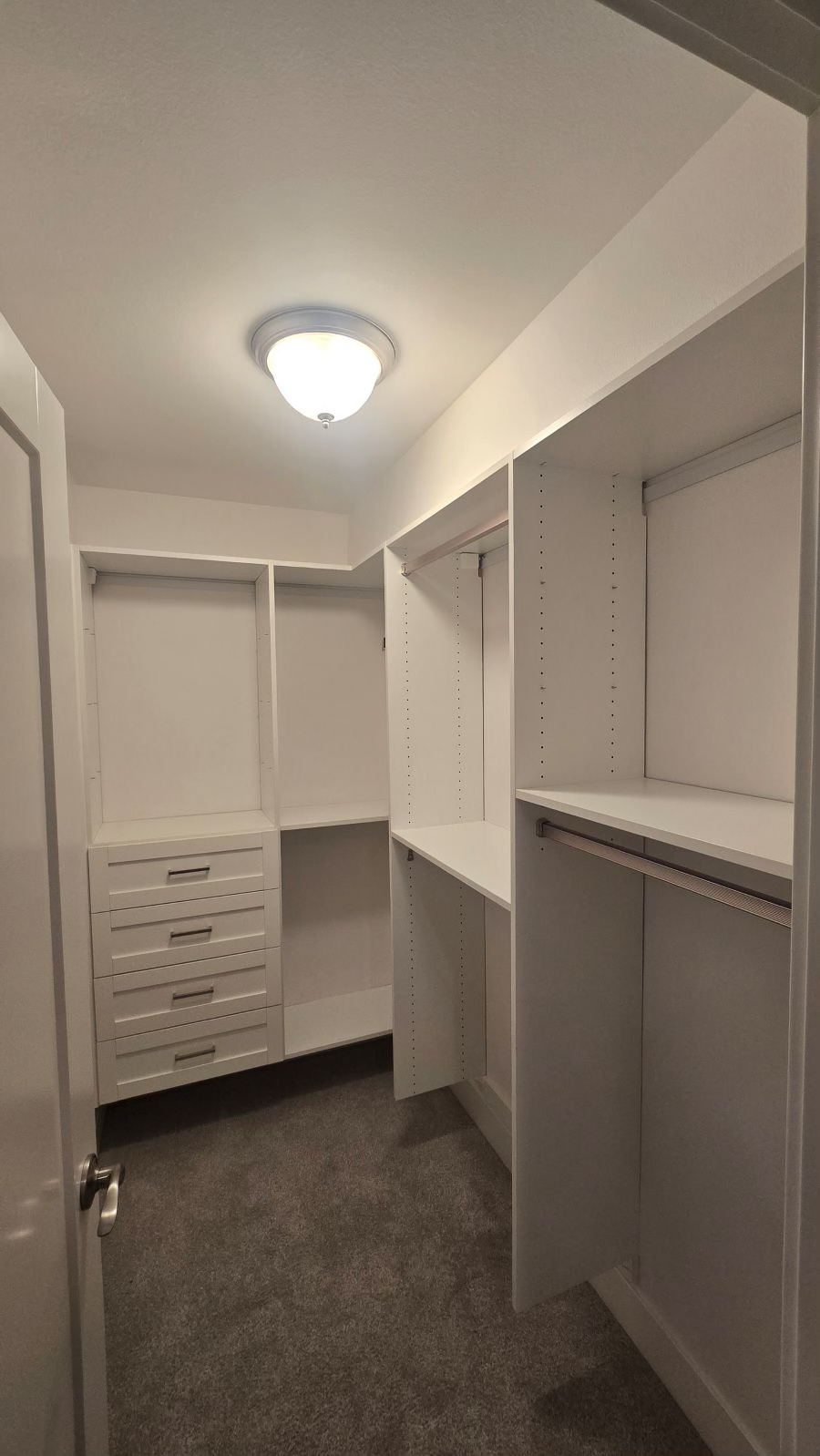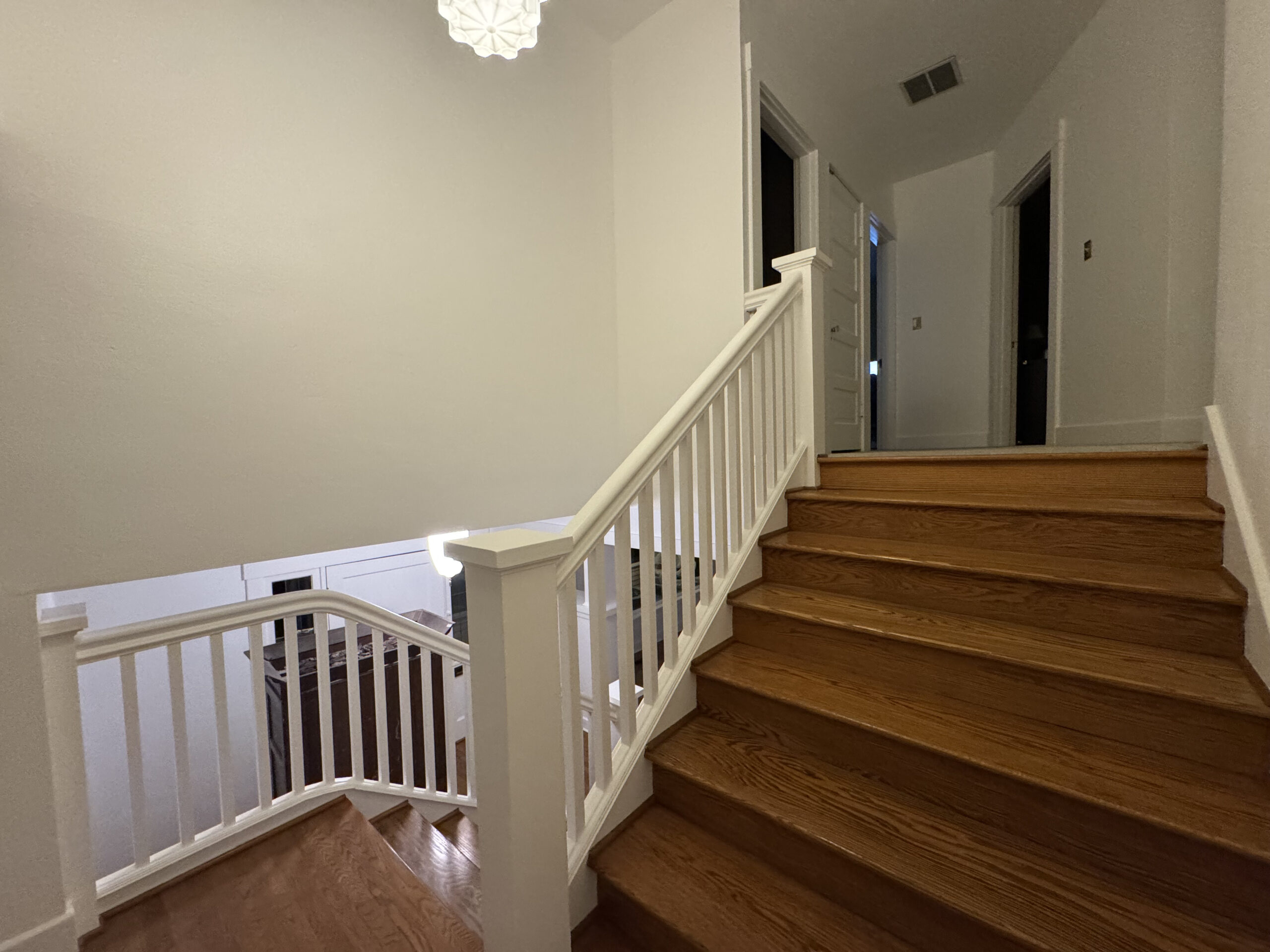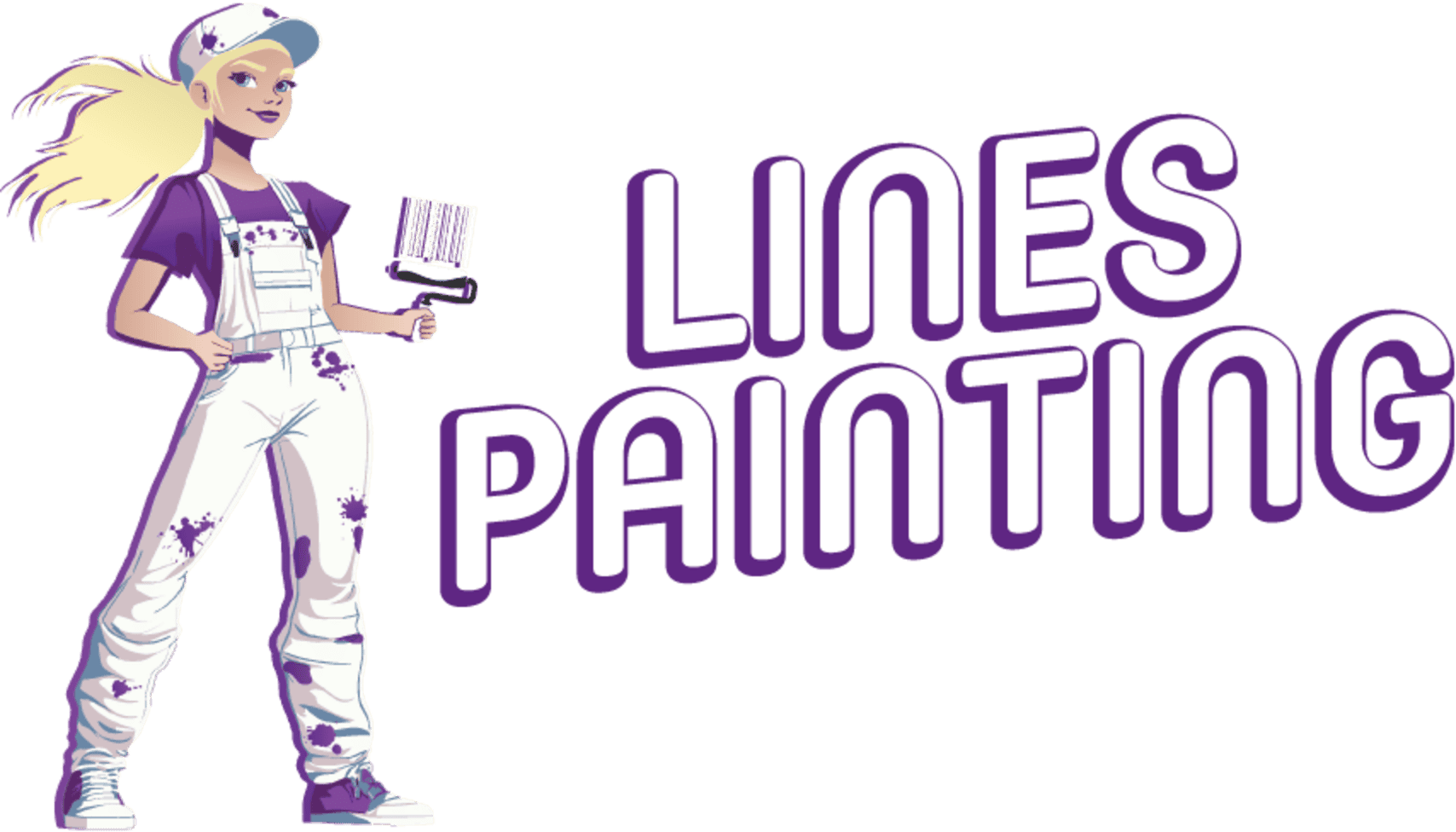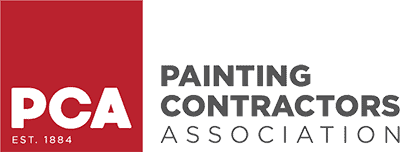If you’re wondering how to avoid brush marks while working on interior house painting in Edmonds, WA, you’re not alone. A fresh coat of paint should look smooth and seamless, not streaky and uneven. Whether you’re repainting a bedroom or updating your kitchen cabinets, getting the right finish makes all the difference. The good news? With the right approach, it’s absolutely possible.

As an experienced interior house painter, I’ve seen homeowners frustrated by streaks and brush marks, often after putting in hours of hard work. The truth is, achieving a flawless look isn’t just about applying paint—it’s about choosing the right tools, prepping correctly, and using the best techniques. If you’re aiming for that polished, professional finish, these five tips will help.
Key Takeaways
How to Avoid Brush Marks When Painting
1. Pick the Right Tools for a Smoother Application
Your tools play a major role in how smooth the finish turns out. A poor-quality brush or the wrong roller can create visible streaks, even with the best paint. Investing in high-quality brushes makes a difference. Synthetic bristle brushes work well with latex paint, while natural bristle brushes are ideal for oil-based paints. Rollers also matter—microfiber rollers help spread paint evenly without leaving texture behind.
Using too much paint on a brush or roller often leads to thick, uneven strokes. Applying the right amount allows the paint to level out properly, giving you a smoother finish. If you’ve ever painted a door or trim only to see visible streaks once it dried, there’s a good chance the brush was overloaded or the bristles weren’t right for the job.
2. Prepare Your Surfaces Before Painting
No matter how great your painting technique is, it won’t cover up a rough or dirty surface. Prepping walls, trim, or cabinets before painting is just as important as the painting itself. Lightly sanding the surface helps smooth out any imperfections, making it easier for the paint to adhere. If you’re painting over glossy surfaces, sanding also helps the new coat stick better.
Dirt, grease, and dust can create bumps and streaks in paint. Wiping surfaces with a damp cloth or mild cleaner before painting keeps debris from getting trapped in the finish. If you’re making a big color change or painting over dark tones, using a primer helps create a more even base. These small prep steps lead to noticeably better results.
3. Apply Paint with the Right Technique
How you apply paint has a big impact on whether you end up with brush marks. Using long, smooth strokes instead of short, choppy movements prevents uneven lines. Keeping a wet edge—meaning you overlap strokes before they dry—blends the paint seamlessly.
Another common mistake is pressing too hard with a brush or roller. Too much pressure can leave behind ridges that dry unevenly. Instead, let the brush do the work, using light, even pressure to spread the paint. If you’re painting trim or cabinets, feathering out the edges of each stroke helps prevent visible starting and stopping points. These small adjustments make a big difference in getting a smooth finish.

4. Thin the Paint for a Smoother Coat
Sometimes, the paint itself is the problem. Thick paint doesn’t always spread evenly, leading to visible brush strokes. If the consistency feels too thick, thinning it slightly can help. Adding a little water to latex paint or a paint conditioner like Floetrol improves flow, making it easier to apply smoothly.
Self-leveling paint is another great option for avoiding brush marks. These paints settle naturally as they dry, reducing streaks. The type of finish also affects how noticeable streaks are. Matte and eggshell finishes tend to hide imperfections better than high-gloss options, which highlight any texture left behind. Choosing the right formula for your project helps you get the best results.
5. Create the Best Conditions for Painting
Even the best tools and techniques won’t work well under the wrong conditions. If it’s too hot, paint dries too fast, making it harder to blend strokes. On the other hand, cold weather can cause paint to thicken, making it harder to spread evenly. Working in a well-ventilated space with moderate temperatures helps the paint dry at the right speed.
Lighting also plays a role. Shadows can hide streaks while you’re painting, only to reveal them once the paint is dry. Using soft, even lighting while working makes it easier to spot and correct imperfections before the paint sets. Keeping a steady painting pace and working in the right environment can prevent many of the most common issues.
Why Hiring a Professional House Painter Can Help
Getting that perfect, streak-free finish takes patience and skill. If you’ve ever finished a project only to see streaks once the paint dried, you know how frustrating it can be. A professional interior house painter knows how to avoid brush marks, prep surfaces correctly, and apply paint evenly for a flawless result.
Let Lines Painting Take Care of Your Painting Project
If you’re looking for expert interior house painting, Lines Painting is ready to help. Our team specializes in delivering smooth, streak-free finishes that enhance the look of your home. With professional tools, proven techniques, and careful preparation, we make sure every project is completed with precision.
We proudly serve homeowners in Seattle, Bellevue, and Edmonds, offering high-quality interior house painting services that stand the test of time. Call (425) 434-8887 today for a FREE estimate and let’s talk about how to bring a fresh, polished look to your home!






